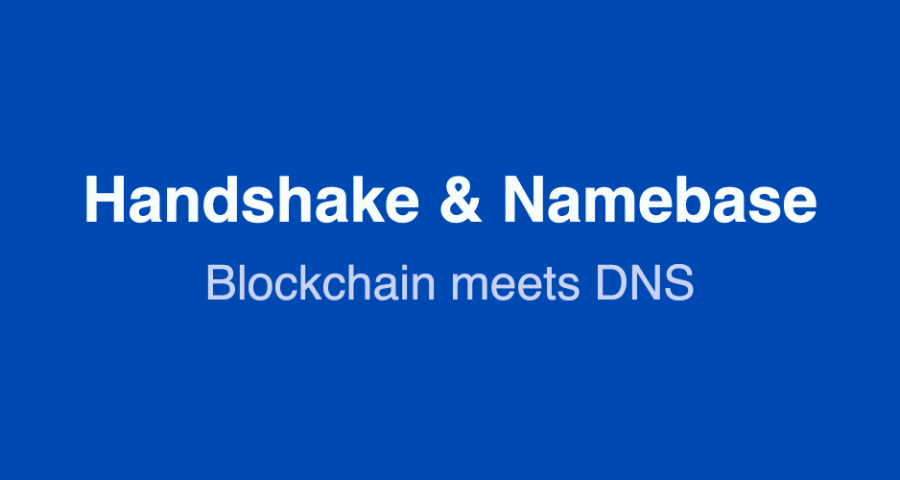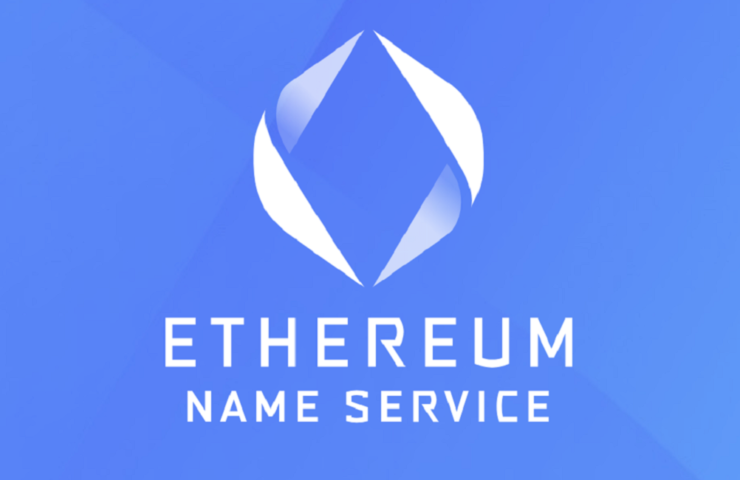Web3 is quite an elusive term to define beyond “you know it when you see it”.
For me, it’s the glue between the web as we know it and the emerging permaweb (read as Ethereum); allowing us to use our crypto with every smart contract in existence with the click of a button.
It’s the UI you use to open a CDP with MakerDAO to create DAI, the way you login to p2p social networks like Satellite, use DeFi, and even to register your name on the internet for eternity 999 years.
And now, Web3 is coming to Web2 sites like Twitter & Facebook with a new Chromium extension called MaskBook, which offers encrypted messaging, truly private images, and even native Web3 ecommerce embeds!
With Web3, you can:
- Login to an application without them storing (and losing) your person information
- Send a private message on any platform that only your recipient can read
- Send money anywhere without permission from your government and bank in seconds
- Donate money directly to a cause without a middleman directly from your Twitter feed
- Establish the foundation of your self-sovereign digital identity
Let’s dive in and learn about some of the cool projects building out Web3 for the rest of us to enjoy.
It starts with Wallets
Web3 starts with a wallet (I recommend the Meta Mask extension).
Web3 wallets like MetaMask hold your money – obviously – but more importantly they make Web3 available on every webpage you visit. You bring Web3 with you as you browse; it’s just a matter of each site using it, too!
When you use a Web3 native website like Zapper Fi, it can ask your wallet for permission to submit transactions to smart contracts, transfer crypto, or sign messages using your private key (more on signing below – spoiler alert, it’s cool).
Because you are in complete control of your wallet & transactions, these site’s can’t do anything without your express permission. In fact, Web3 sites are analogous to speed dial for smart contracts: they offer easy buttons or forms that let you interface with the blockchain on your own.
When you visit websites that don’t support Web3 like Twitter, nothing happens – unless you add your own Web3 functionality to them…
Introducing Maskbook!
Web3 on Twitter with MaskBook
What if you could tweet something that only your followers could read.
Imagine sending a “private” DM to your partner that Twitter itself couldn’t decipher (or leak).
What if you could contribute to a GitCoin fund straight from your Twitter feed.
Imagine purchasing an NFT directly from your DMs.
MaskBook is a very interesting piece of tech that injects Web3 into websites as you browse (with permission) and edits the page (DOM) to create integrated experiences in context. For example:
Through MaskBook, I create a GitCoin Web3 link and tweet it. On Web2, nobody is the wiser: it looks like a regular link.
But with MaskBook’s Web3 lens, you would see the embed come alive directly in your feed.
Clicking the button opens a dialog to execute a Web3 transaction (currently using a native wallet implementation, adding Meta Mask soon).
Boom – Web3 p2p ecommerce within your Twitter feed.
Pair a decent UI & capture for shipping/download info and you could sell any product with a single link.
Here’s how it works:
Maskbook uses a loophole in Twitter’s character-limit logic: they don’t count links as characters. So, Maskbook can build a super long link with the details and extract/interpret it in the DOM as anything imaginable.
For me, the most beautiful part of it is the progressive enhancement from the simple fallback link.
One more thing
But what if they fix the character loophole? Easy: Maskbook can encode text into images and interpret – like a QR code, but cool.
Maskbook also integrates the same features into Facebook and has no limit on how it could blend Web3 into any existing Web2 property.
What could you do with Web3 on Amazon? Reddit? Netflix?
Sign in on the dotted line
As I mentioned above, Web3 wallets aren’t just useful for operating smart contracts and transferring funds: they can be used to completely replace email/password login.
That’s right, no more passwords (at least, no more website passwords – please use a secure wallet password).
Because wallets contain your private key, the address is only usable by you! Typically, this means only allowing you to execute transactions, but recently MetaMask has added the ability to sign messages as the address as well. This is a simple operation that proves you have the private key without revealing it.
In practice, signing a message to the website allows them to confirm that you own the address and let you log into the site!
Satellite offers a great example of this process:
- Register your username & address (on-chain)
- Sign a message proving you own the address
- Tada, logged in!
Satellite also forces you to sign all of your content and stashes it all in torrents over IPFS, which is an interesting concept that we’ll visit another time.
Register your name for 999 years
Enter ENS.
ENS is quickly becoming the preferred naming tool for Ethereum (and otherwise). Compared to its counterparts Unstoppable Domains and Handshake, ENS’s focus on address resolution instead of IPFS or root certificates has really given it a mass-adoption head start.
But ENS is so much more than address resolution (and email); I peg it for the foundation of digital identity as we know it.
Check this out (and forgive me for skipping its IPFS and DNS functionality):
First, ENS is a shortcut.
When I need to use my ETH address, I can type in jameswmontgomery.eth instead of the whole gambit. Any of the growing number of web applications that support it can simply translate that into my actual ETH address (or BTC and other chains as well).
This feature is what most people use ENS for right now.
Second, ENS allows for custom key value text pairs.
Beyond adding all my coin addresses, I can add my website url, my twitter handle, or even an entire pgp public key – any key/value pair I can think up, linked forever to an account I alone control.
With ENS, I can connect all the pieces of my public identity into one place on the blockchain. Imagine not filling out the social links section of a profile (or any piece of a profile) ever again.
On top of that, I can give someone my ENS name and they’ll be able to lookup all my public profiles in one shot. A modern business card.
Now that I have my info added to my ENS name, let’s use it to “login”.
Then, I can “login” to applications.
Using just my ENS domain, I can pre-load any website with all my public profile info. Any transactions would be Web3 protected by my actual wallet (or signed by my key), but the publicly readable content could easily be pulled into an application.
Take a look at Zapper Fi again; you can plug in jameswmontgomery.eth and watch/review my transactions (or anybody at all) without logging in at all. This is just a taste of Web3 applications to come: simply inputting an ENS name to start using the public portion of the application, while gating real transactions with the wallet.
DeFi, NFTs, social networks, and anything on the blockchain are as easily accessible as plugging in your digital name.
It’s a healthy reminder to maintain compartmentalized pseudo-anonymity as well.
Lastly, I connect with my network.
What is identity if not in relation to other people?
Since my address might touch others, I can construct a contact list of other ENS names & profiles that I have known – whether through web applications, ETH transactions, or even Web2 applications like Twitter.
I could delegate my credit to a friend or even “stake” the information of my friends’ ENS profile as correct.
Consider how you could tie yourself publicly to other ENS names, contracts, and addresses – or inversely how you could publicly dissociate/discredit others as well.
So, ENS ties together a username that:
- Easily resolves to any crypto address
- Preloads public data about you into any web app
- Allows only you to “sign in” or execute transactions
- Can touch every other ETH contract & contact
And you can rent it for 999 years on-chain for $5k – or, you could just grab 1 year for $5 like a normal person (or control a free subdomain, hmu).
ENS connects the dots for an even smoother Web3 experience and I can’t wait to see how we use it for digital identity in the future.
Web3 is dope
These are just a couple of cool projects I’m keeping my eye on.
Web3 is constantly being built up and, in my opinion, is one of the biggest web development opportunities of the next 10 years.
So start getting used to using your wallet (and try not to get wrecked by gas fees)!
What cool Web3 projects are you into?

